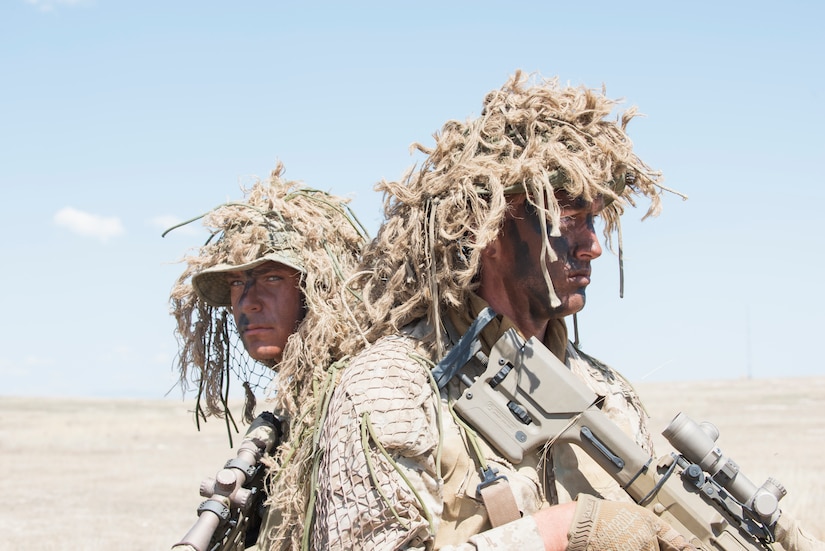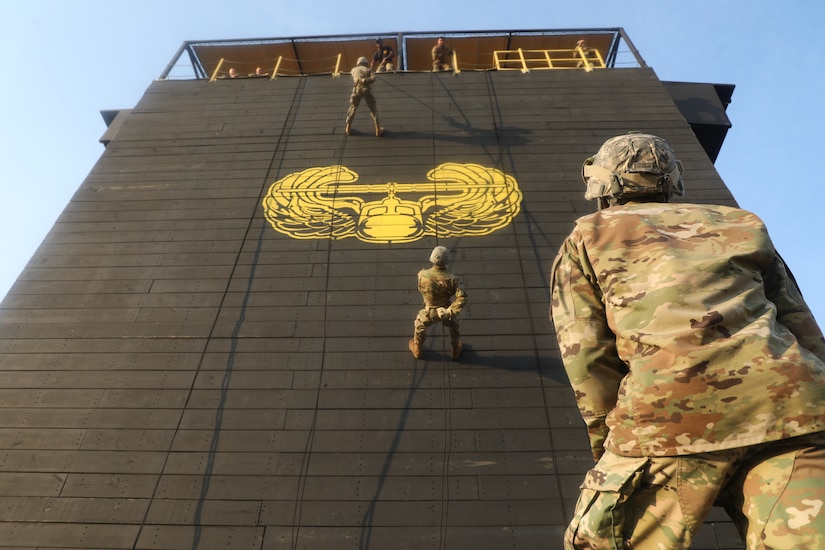By Terri Moon Cronk, DoD News, Defense Media Activity
WASHINGTON -- Defense Secretary James N. Mattis today told
this year’s U.S. Naval War College graduates he is confident they’ll carry
forward the legacy of the school’s founding officers as they take their
intellectual firepower forward to tackle the security challenges of our time.
“[We] are witnessing a world awash in change -- a world
beset by the reemergence of great power competition, and we define the
categories of challenges as urgency, power and political will,” the secretary
said at the school’s Newport, Rhode Island, campus.
“We see urgency epitomized by the North Korea situation, as
well as by the threat from violent extremist organizations -- two very
different challenges that have our ongoing attention,” Mattis said.
And, while a possible new avenue to peace exists with North
Korea, he said, the United States remains vigilant in pursuing denuclearization
anywhere in the world.
Half-a-world away, despite the U.S.-led coalition’s
significant success against the Islamic State of Iraq and Syria, extremist
organizations continue to sow hatred in the Middle East and murder innocents
around the world, from Europe and Africa to South Asia and the Sulu Sea, the
secretary said.
Defeating Terrorism
“It is the urgency of this fight that compels us all to act
decisively against terrorism, denying terrorists the safe haven they seek and
carrying out this counterterrorism campaign, by with and through our allies and
partners with over 70 nations united in the defeat-ISIS campaign and 41 nations
united under NATO’s flag to defeat terrorism in Afghanistan,” Mattis said.
The United States views Russia as the nation closest to ours
in nuclear parity, and it has proven willing to use conventional and irregular
power in violation of international norms, the secretary said.
“For the first time since World War II, Russia has been the
nation that has redrawn international borders by force of arms in Georgia and
Ukraine while pursuing veto authority over neighbors’ diplomatic, economic and
security decisions,” Mattis said.
Russian President Vladimir Putin seeks to shatter NATO, and
he aims to diminish the appeal of the Western democratic model and undermine
America’s moral authority, the secretary said.
“[Putin’s] actions are designed not to challenge our arms at
this point, but to undercut and compromise our belief in our ideals,” Mattis
said.
Open International Order
There is a potential rivalry with China, as it harbors
long-term designs to rewrite the existing global order, Mattis said, adding
that after World War II, the U.S. and its allies and partners built the open
international order that’s benefited global prosperity.
“It’s unrealistic to believe today that China will not seek
to replicate its internal authoritarian model elsewhere as it expands
globally,” the secretary said.
In response to those competitive challenges of urgency,
power and political will, the Defense Department in January released its first
National Defense Strategy in more a decade with three lines of effort, Mattis
said. They are, he said: building a more lethal military force, strengthening
U.S. military alliances and building new partnerships and the reforming and
modernizing DoD for greater performance, accountability and affordability to
ensure DoD earns the trust of Congress and the American people.
The Future
Mattis said he expects the school’s graduates “to be at the
top of your game mentally, physically and spiritually, and to work to maintain
that standard throughout the rest of your career.”
The graduates, he added, now have “the credentials to
measure up in the crucible of combat, and your character must do the rest.”
The students’ yearlong education at the college has prepared
them well to integrate naval, joint and coalition campaigns across all domains
of air, land and sea -- and space and cyberspace, Mattis said.
“We are counting on you graduates to live and breathe the
‘fighting admiral’ ethos, regardless of your rank or position, branch of
service or nationality,” he said.
“Keep your wits about you, keep your grace under fire, your
civility with subordinates; inspiring those you lead with humility and
intellectual rigor, and reconciling war’s grim realities with your political
leaders’ aspirations,” Mattis said.









